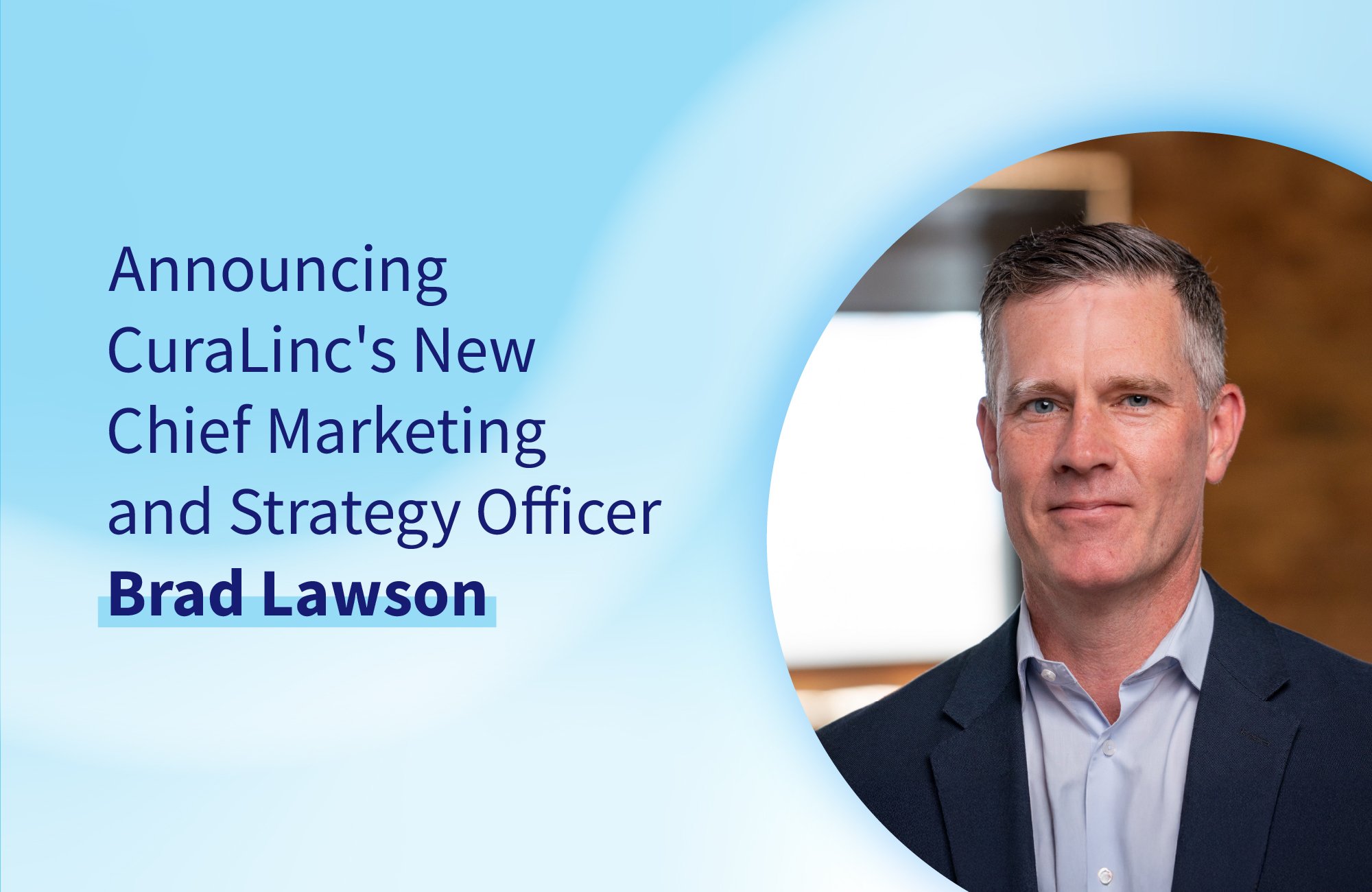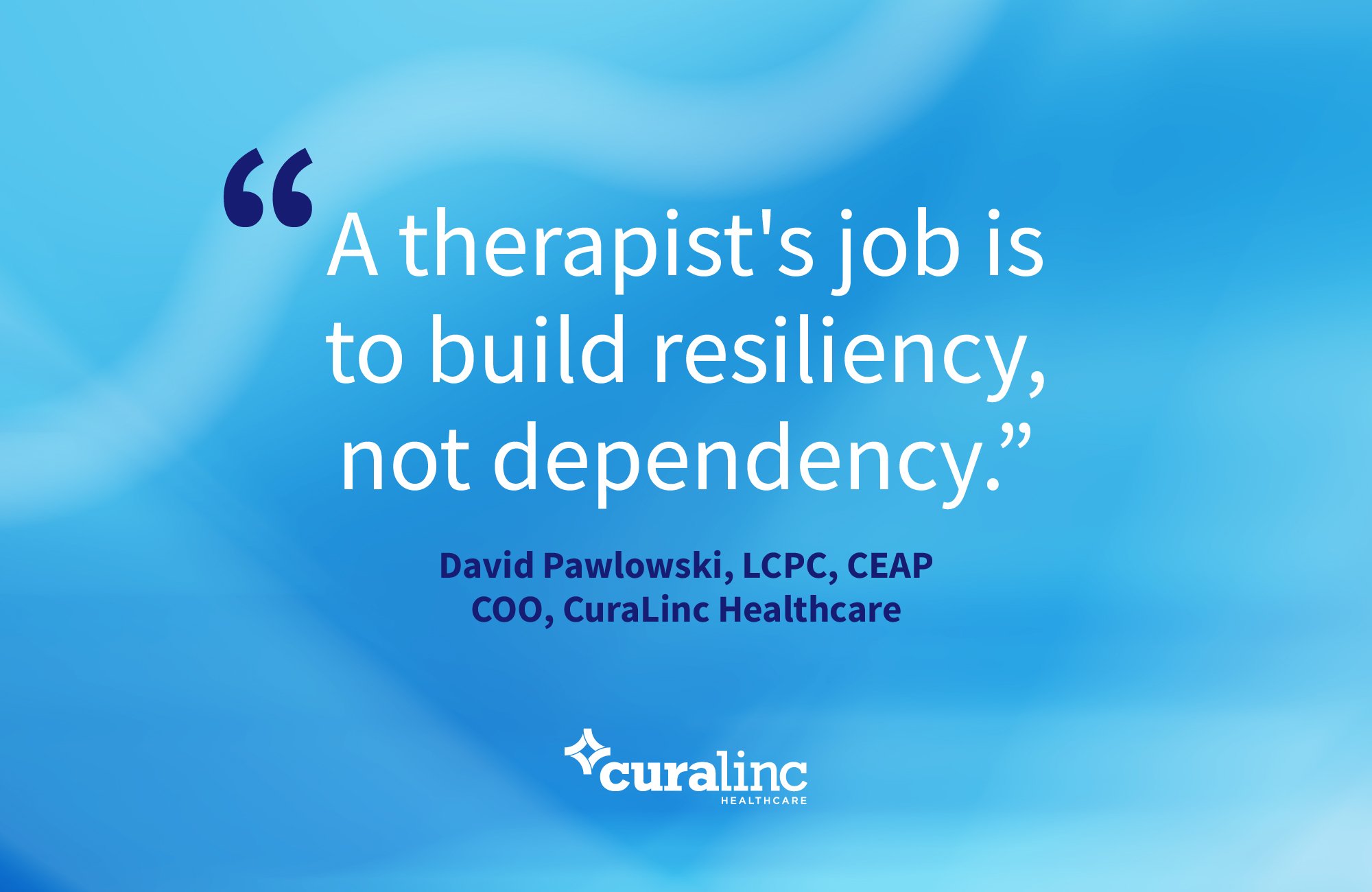Amid the demands and complexities of modern life, the conversation around mental health is more important than ever. And while the discussions around treating mental health issues have increased, one equally important aspect is often overlooked: proactive mental health care. Just as you visit the doctor for preventative care and annual exams to maintain your physical health, taking steps to care for your mental wellness can help maintain a more balanced and fulfilling life.
Imagine waking up each day knowing you have time set aside to help maintain your sense of calm and strengthen your mental resilience. What if you made a commitment to yourself and designed a routine complete with tools and resources to enhance your mental health? That’s what proactive mental health care is about.
What is proactive mental health?
Proactive mental health care goes beyond preventing mental illness. It involves taking deliberate and consistent actions to maintain and improve one's mental wellbeing before any significant issues arise. Adopting preventative measures and habits that promote mental health can help strengthen emotional, psychological and social wellbeing each day.
In contrast, a reactive approach to mental health is a response to an existing problem. Problems are only addressed once symptoms have arisen, at which point more extensive treatment may be required.
Benefits of proactive mental health
Incorporating preventative mental health tools and resources into your day can benefit you both personally and professionally. Let’s take a closer look at how making a commitment to your mental health and wellbeing can help you in all aspects of life.
Personal benefits
On a personal level, taking charge of your mental health empowers you become more in tune with your emotions, relationships and what you need to thrive and maintain balance during different seasons of life.
The 2022 Healthy Now Survey conducted by Parade and the Cleveland Clinic revealed that many Americans who rated their mental health as low are not engaging in well-researched activities proven to improve mental health. Those who rated their mental health as high, however, stated that a good night’s sleep, movement and socializing benefit their mental and emotional wellbeing. These routine habits can be powerful protectors of your mental health and help improve your quality of life.
Professional benefits
On a professional level, prioritizing your mental health each day can positively impact your creativity, fulfillment and satisfaction at work.
You may think that tackling large amounts of work all at once will make you more productive, but that’s simply not true. A systematic review of 80 studies found that pushing pause during the workday can actually help you get more work done. Powering through important tasks when your battery is running low is more likely to detract from your performance.
In addition, taking regular breaks for your mental wellbeing can help prevent fatigue and burnout. Stepping away from work responsibilities for a moment to prioritize your needs allows you to return with increased energy and a more positive outlook about your workday. And maintaining this balance over time is essential to doing your best work.
Finally, proactive mental health practices can help you stay more engaged. Every job has its ups and downs, but building resilience through new habits, tools, and resources can help you stay positive and present when new challenges arise.
How to incorporate proactive mental health practices into your day
If you’ve never considered incorporating mental health strategies into your daily routine, you may not know where to start. The great news is that it’s easier than you think! Here are a few simple steps you can take to flex your mental health muscle each day.
Establish a daily routine to support your physical and mental wellbeing
A consistent routine has been shown to reduce stress and help build positive habits. Try incorporating some of these positive mental health habits into your day.
Plan your week ahead to reduce unnecessary stress
Maintain consistent sleep and wake hours for increased energy
Incorporate exercise for your mental and physical wellbeing
Schedule time with friends and/or family to help maintain strong social connections
Make time for hobbies that bring you joy and help relieve stress
Practice journaling
Writing may not come naturally to you if you’ve never journaled before, but it can be a great way to observe your own emotions. If you don’t know where to start, commit to writing a few details about your day. Eventually, you can identify things that made you feel happy, stressed, fulfilled or proud. Over time, you may notice important trends. Identifying your feelings and these trends can help you recognize if you’re experiencing a mental health challenge, or if you just need to make some simple adjustments to your daily routine.
Take microbreaks throughout the workday
According to the Healthy Now survey, 48% of working Americans who rarely make time for their mental health state that they are too busy to do so. However, it doesn’t take long to experience the benefits of a break. In fact, 46% of survey participants maintained or improved their mental/emotional health by taking multiple short breaks lasting just five to 10 minutes each. These brief breaks, also known as microbreaks, can be used to engage in activities that relieve stress, depression and/or anxiety.
While every work environment is different, it’s important to focus on taking advantage of the time you have. Instead of scrolling on your phone, playing games or reading heavy news material, here are a few ways to take a break and support your mental health.
Take a short walk
Catch up with a co-worker
Listen to a short mediation
Step outside for some fresh air
How employers can promote proactive mental health in the workplace
Employers are increasingly committed to providing high-quality workplace mental health programs, but company leaders must also create a culture that strategically promotes and supports employee wellbeing. Organizations must make it easy for employees to prioritize their mental health, even when they’re not actively experiencing a mental health challenge. There are several ways to help ensure employees’ awareness of – and access to – programs that support their mental health through every season of life.
Offer proactive mental health benefits/resources that are easily accessible
The best resources and tools are those that are easy for employees to incorporate into their day. For example, CuraLinc’s latest program release, Mindstream™, is an easy-to-use platform that offers sessions on a variety of topics, from relationships and leadership skills to grief and addiction. These live and on-demand sessions can be accessed with a simple click. In addition, they can be viewed within Microsoft Teams, Zoom or other virtual team meeting platforms so leaders can incorporate mental health breaks into team meetings and events.
Provide access to on-site activities and trainings
One great way to promote proactive mental health is to encourage participation, discussion, awareness and education on the topic year-round. If space allows, employers can designate a quiet room or an area for meditation and mindfulness practice. Employers should also hold trainings on proactive mental health practices. The Healthy Now survey found that 24% of those who rate their mental health as low say they simply don’t know how to support their mental health. Awareness and education can make a huge impact for those who don’t have any experience with the variety of tools and resources available.
Encourage employees to take their breaks
Platforms like Mindstream™ make it easy to add a recurring mental health break to a variety of calendars. When leaders encourage their employees to set aside time on their calendar for their mental health, it signals to employees that mental health is taken seriously. In addition, employers should ensure lunch and any other break times are respected so employees truly have time to disconnect from the demands of work.
Offer flexible schedules and promote work-life balance
If business needs allow for it, offering flexible scheduling options can help employees balance the demands of work with the demands of their personal lives. Flexible schedules can reduce stress and increase job satisfaction in simple ways – such as reducing the amount of time spent in traffic or allowing for more time with loved ones.
Take a microbreak and make history
Now that you know it doesn’t take long to experience the benefits of a break, mark your calendar and make plans to join CuraLinc on Tuesday, July 23, at 11 am ET as we attempt to set the GUINNESS WORLD RECORDS™ title for the largest mindfulness livestream! Mike Maher, a Mindstream™ expert and host of YouTube’s largest breathwork channel, Take a Deep Breath, will lead us in a 10-minute breathwork session. This is the perfect opportunity to practice proactive mental health skills.
Learn more at mindstreamlive.com and add the event to your calendar at the links below.
Apple | Google | Outlook | Office 365
Practice building better mental health – one day at a time
Incorporating proactive mental health strategies benefits everyone. When employers offer convenient access to preventative tools and resources, they create a culture that makes it safe for employees to learn and practice building mental strength and resilience. And when employees are empowered to take charge of their mental health, they can put their best foot forward each day, whether at home or work.





